Nobody embodies Jamaica and Reggae music quite like Bob Marley.
The legendary musician produced 12 celebrated studio albums (including one posthumous one), the best known of which is probably the 1977 worldwide hit Exodus, which gave us hits like “Jamming” and “Three Little Birds.” His long and storied career also gave us two wonderful live albums. He will also soon be the subject of a biopic entitled Bob Marley: One Love.
Marley lived an intriguing life that was marked by incredible highs which eventually saw him become a global music icon, bringing fame to his native Jamaica, and turning Reggae into a worldwide sensation. Although he was most associated with that genre, his legacy extends to ska and other kinds of music, and he was also seen as a pioneer when it came to crossing genres.
Although he was famously known as a spiritual man who was outspoken in his support of human rights, because of where he was from and the culture of Jamaica at that time, his life was one that was also infused with violence. This culminated in an attempted assassination attempt on him. Although he suffered wounds in his back and shoulder, Marley still went out and performed to a crowd of 80,000 just after it happened, further cementing his legend.
He eventually moved to England, where he was welcomed by the burgeoning counter-cultural movement, before eventually earning a run of 56 weeks on the British album charts with Exodus. Aside from an arrest for marijuana possession, he had a much more peaceful life in the country. Yet, in 1981 he died from complications from a melanoma that had began under his toe, but spread to the rest of his body.
There have been many competing stories about Marley’s death, including that it was caused by an injury that he received in a soccer match. However, if you’re keen to know the real truth about this legend’s untimely demise and don’t want to wait for Kingsley Ben-Adir’s new film to find out what really happened, then read on to discover how and when Bob Marley died.
When did Bob Marley die?
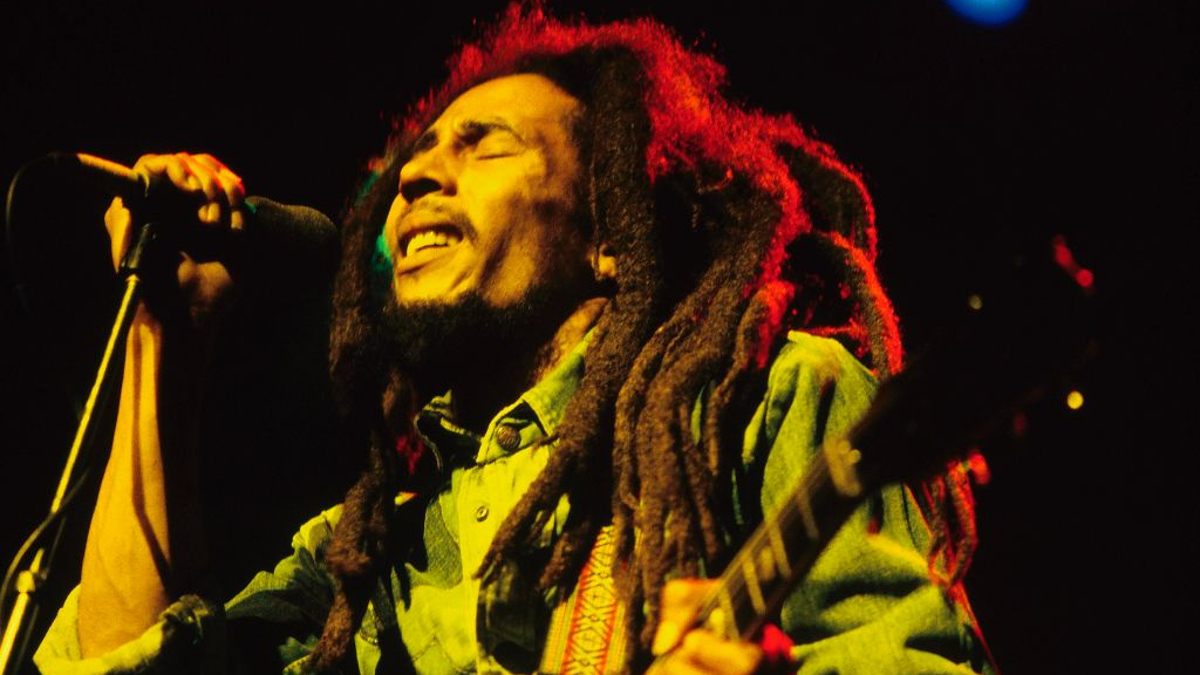
Marley died on May 11 1981, at the age of 36. He had been sick for a while by that point, but had continued to perform up until September of the previous year. In fact, in 1980 he embarked on a highly successful European tour, despite knowing he was incredibly sick.
The last concert Marley ever performed was on Sep. 23 1980 in Pittsburgh, and took place just two days after he’d collapsed as a result of his illness while jogging in New York. He had been on a U.S tour, but it was cancelled after the Pennsylvania show. The Reggae star was flown to a specialist clinic in Germany run by a physician named Josef Issels. Issels was known for advocating for an alternative cancer treatment known as “Issels Treatment,” which posits that a weak immune system can strengthen cancer. The treatment was already rubbished by the scientific community by the time Marley attempted it, and Issels had even undergone a trial for manslaughter as a result of the ineffectiveness of the therapy.
After over half a year under Issels, Marley accepted that the treatment had failed. He intended to go home to Jamaica, and boarded a plane to do so, but during the journey his vital functions got even worse, leading to an emergency landing in Florida. There, he was rushed to what is now the University of Miami Hospital as his condition was critical and unstable. However, they couldn’t save him.
Marley’s poignant last words to his famous son Ziggy were: “On your way up, take me up. On your way down, don’t let me down,” though some have claimed they were “money can’t buy life.”
Bob Marley’s cause of death, explained
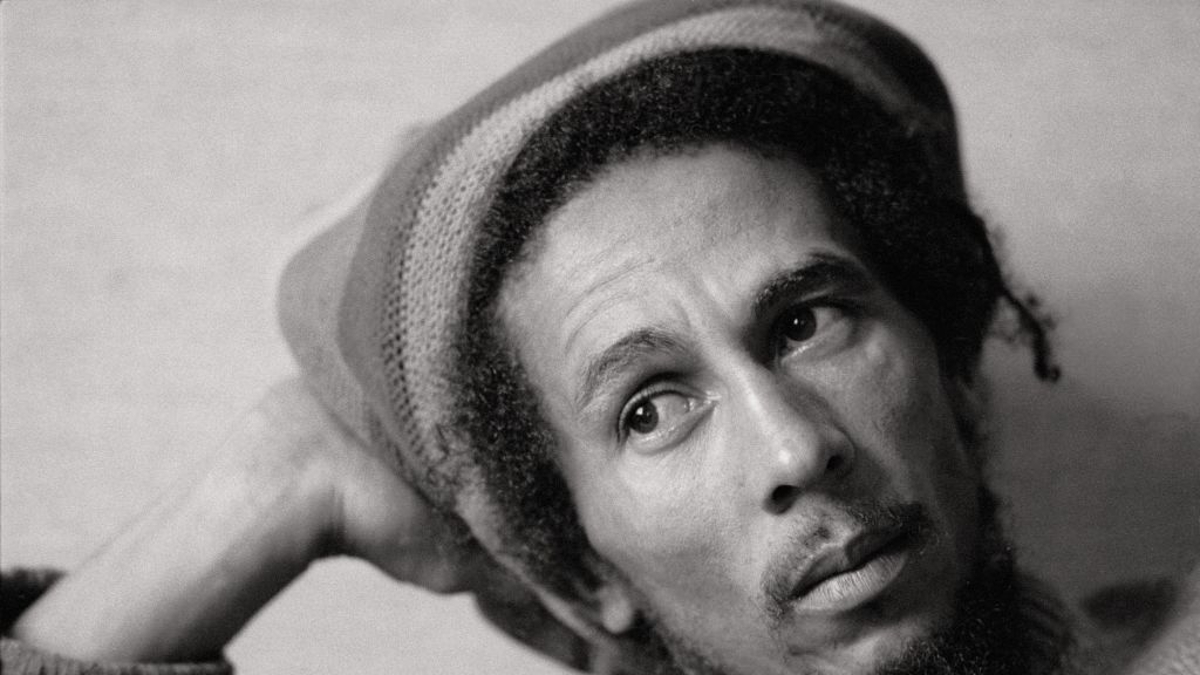
As mentioned above, Marley died because his cancer spread throughout his body, weakening it beyond repair. However, how it managed to get that far is quite the story, and his death may have in some way been hastened by his principles and his faith.
In the summer of 1977 the famous singer was diagnosed with a kind of malignant melanoma, which had appeared underneath his right toe. Some have misconstrued this, and claimed he suffered an injury during a soccer match which was left untreated and led to blood poisoning, but that is categorically untrue. The melanoma was a symptom of a cancer that had already begun to eat through his body.
After seeing a couple of doctors he eventually underwent a biopsy, which confirmed the specific type of melanoma: An acral lentiginous melanoma. This is a particularly sneaky version of the disease, as it tends to appear in places that many people might miss when scanning their skin, say, for example, under toenails. There were other issues with diagnosis too: it was a more common melanoma in those with darker skin, and even now medical science is geared towards white males. Some have even claimed the melanoma wasn’t even mentioned in popular medical textbooks of the time.
Marley’s physician suggested amputating the toe, but the singer refused. He claimed it was against his Rastafarian faith, although some have put forward that he was worried about his ability to perform on stage. Instead, the nail was removed and a graft was taken from his thigh to cover the area. Marley continued to gig at a furious rate, which certainly didn’t help matters. The cancer then spread throughout his body, eventually leading to it taking his life.
Where was Bob Marley’s funeral held?
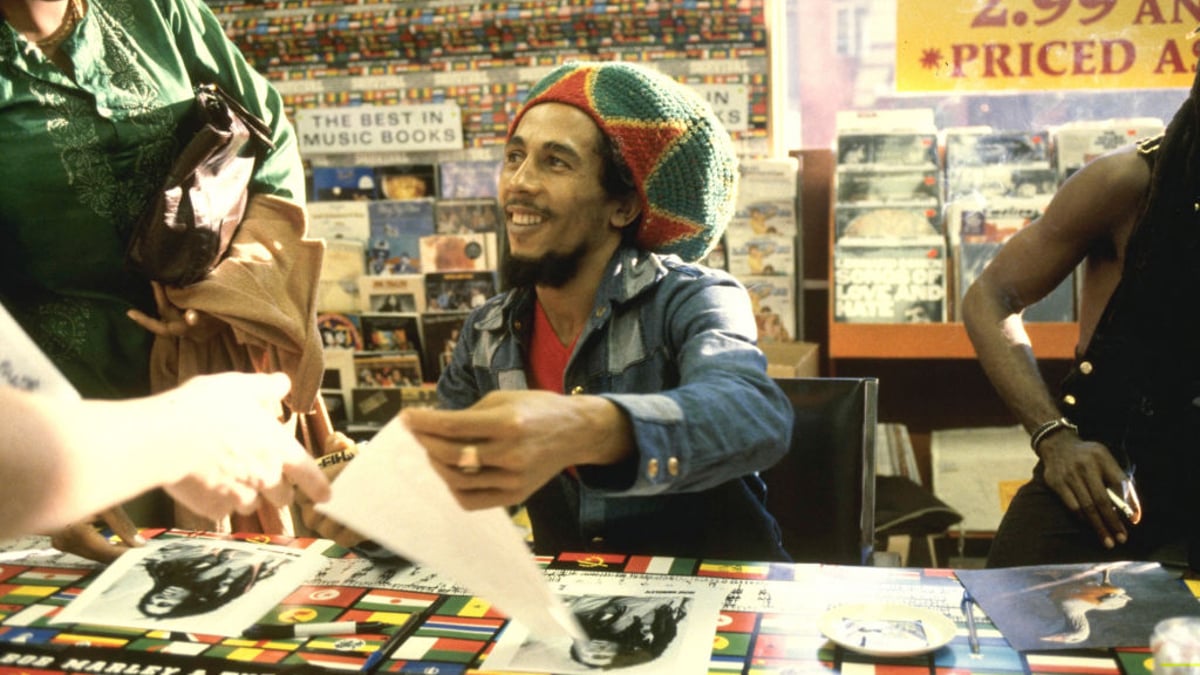
Given that he was an icon of his home country, it was inevitable that Marley would be laid to rest in Jamaica as opposed to England, where he’d been residing, or the U.S, where he died. On May 21 1981 the singer was given a state funeral in his homeland.
Marley is buried in some chapel grounds near his birthplace. Placed alongside him in his casket was his famous red Les Paul guitar, a Bible, and a marijuana stalk.

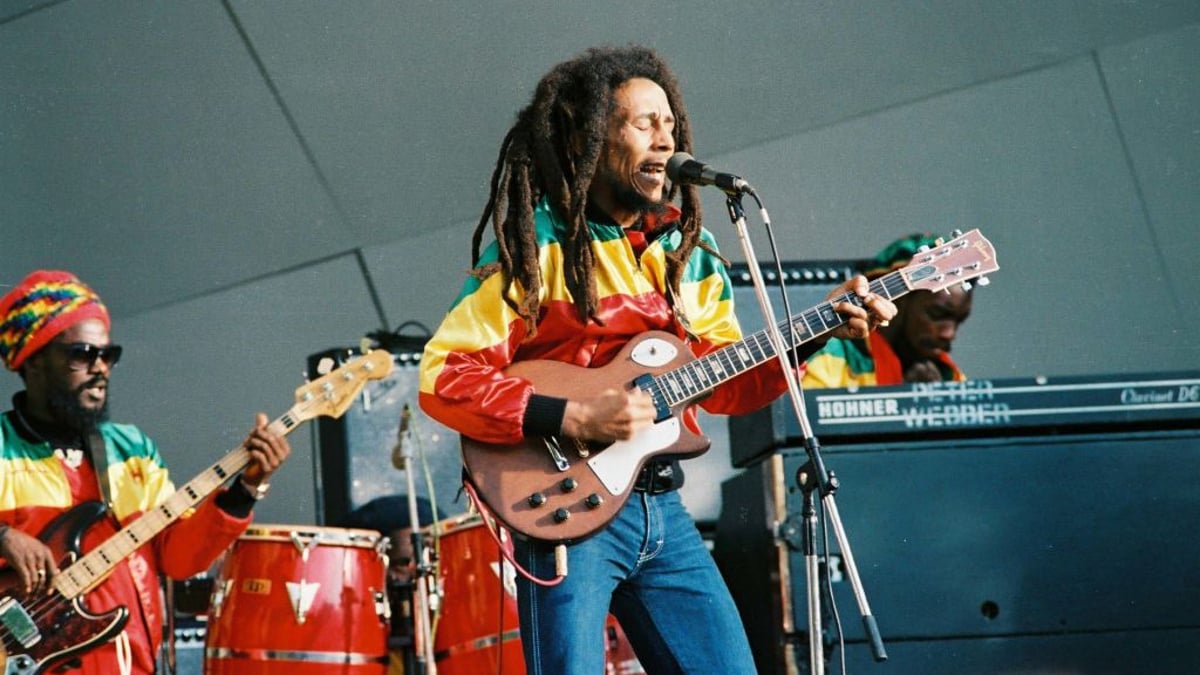
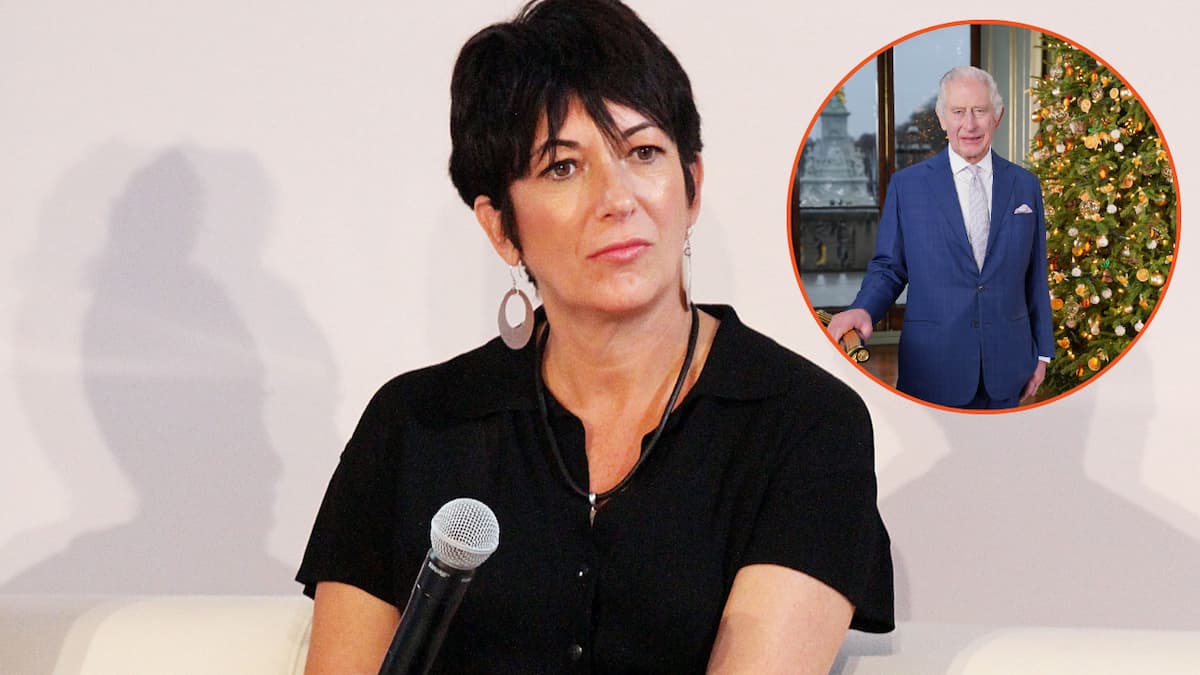




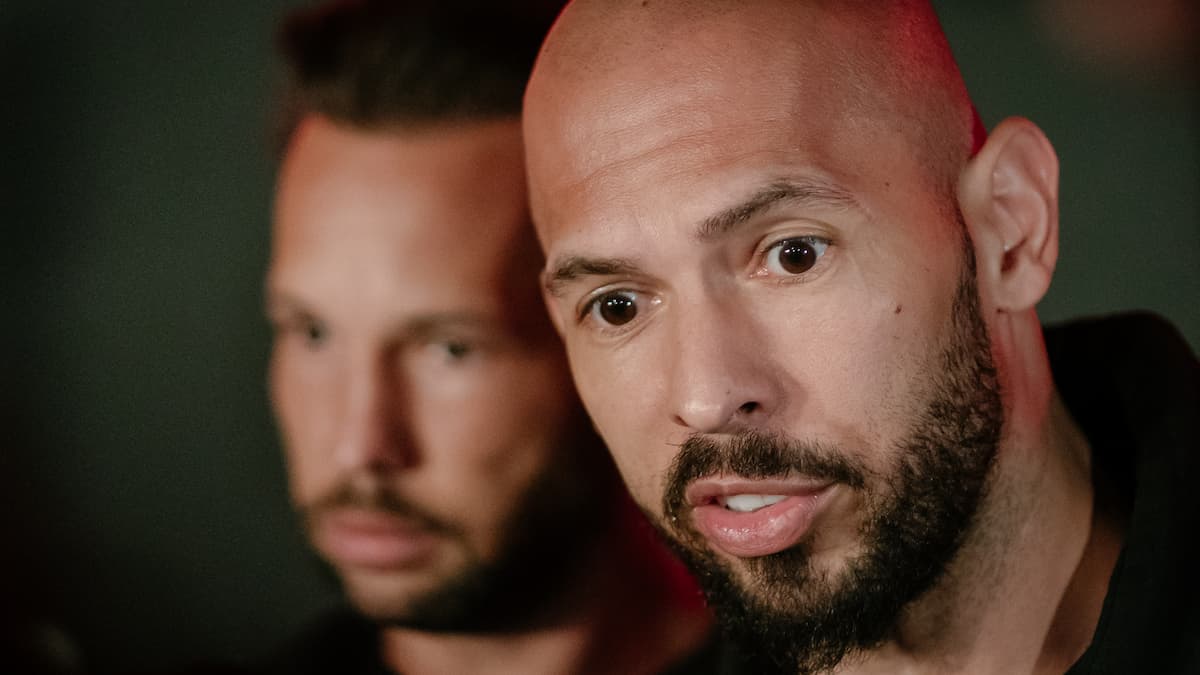


Published: Dec 5, 2023 02:27 pm